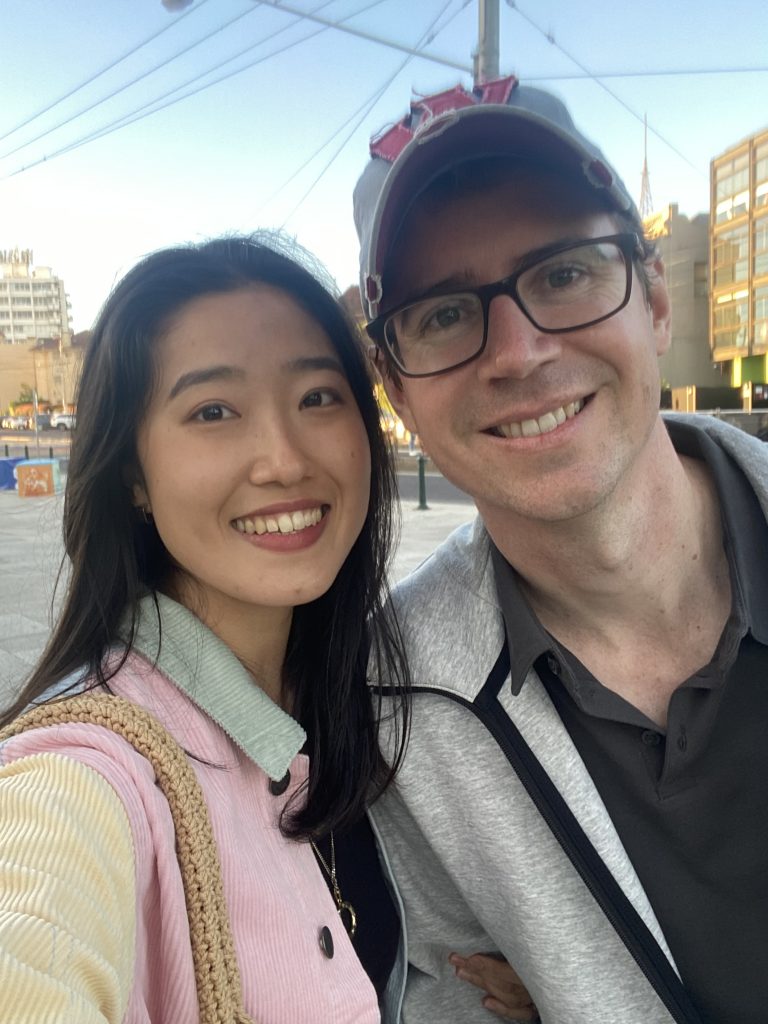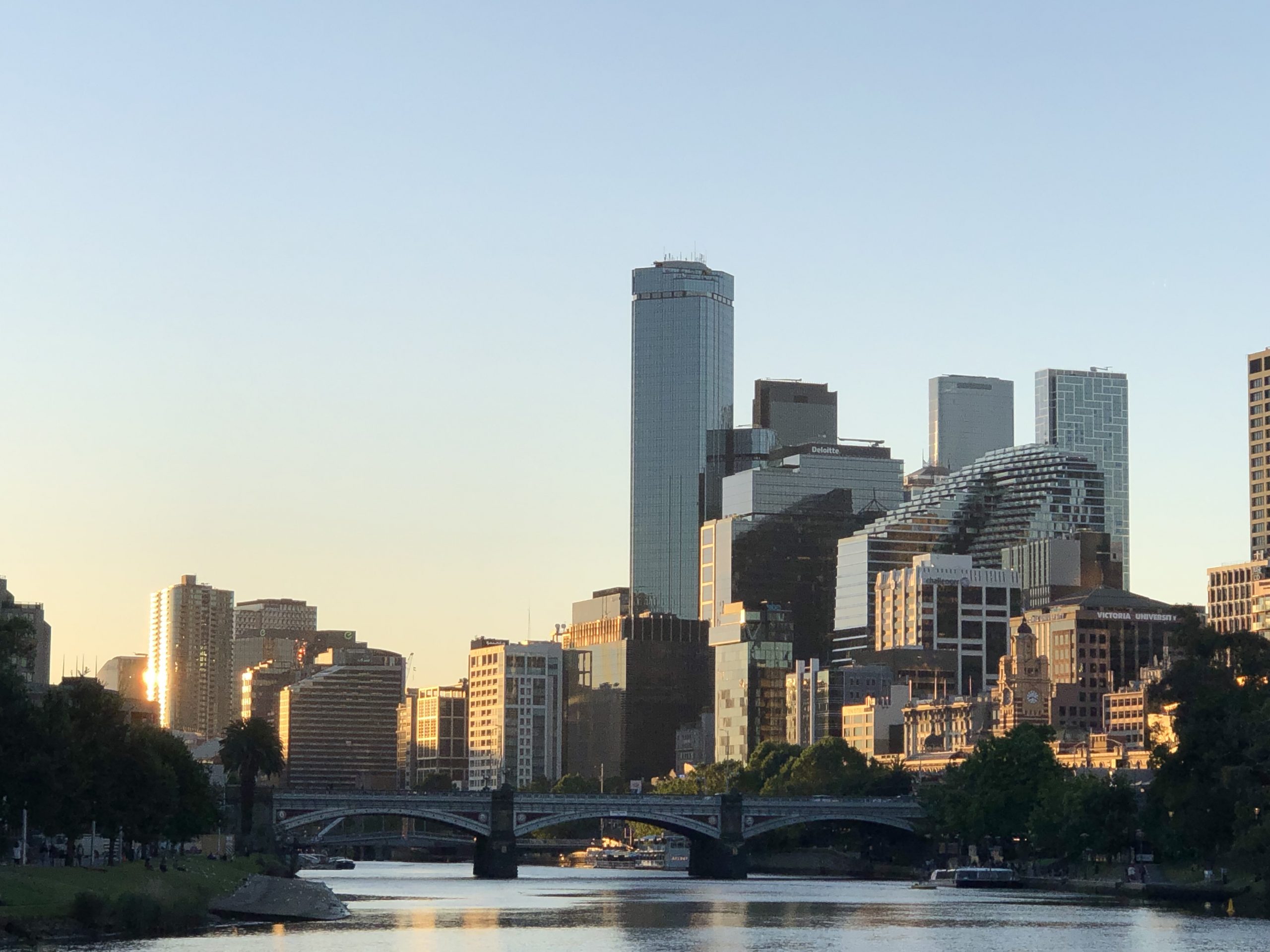Lock-downs, travel restrictions, and covid fears consumed much of the second half of 2021. But by December the freeze began to thaw – interstate borders creaked open. Ella and I spotted a gap, and found ourselves spending a fantastic three weeks in Melbourne and its beautiful surroundings, bringing in Christmas and the New Year.
We based ourselves a stone’s throw from Federation Square, the unofficial centre of town, which was predictably buzzing and festive. Long seen as a missing element in an otherwise well-designed downtown, the large public space that is Fed Square is the overdue (and incredibly over-budget) answer. Uniquely designed above old railway yards, and adjacent to the iconic Flinders Street Station and the picturesque Yarra River, it may have been worth the wait. Many of our touring days either started or ended at Fed Square.


Butting onto Fed Square itself stands the Australian Centre for the Moving Image or “ACMI”, a truly must-see museum. The standard exhibition called The Story of the Moving Image is top-notch, covering the development of film and television over time with interactive exhibits and very cool displays on a range of films. Another ACMI exhibition on the whole collection of Disney animated movies was high class and nostalgia-inducing. A third exhibition on kung-fu was yawn-inducing.
Crossing Flinders Street, we made our way to one of Melbourne’s postcard-perfect places: Hosier Lane, home to some of the city’s best displays of street art.
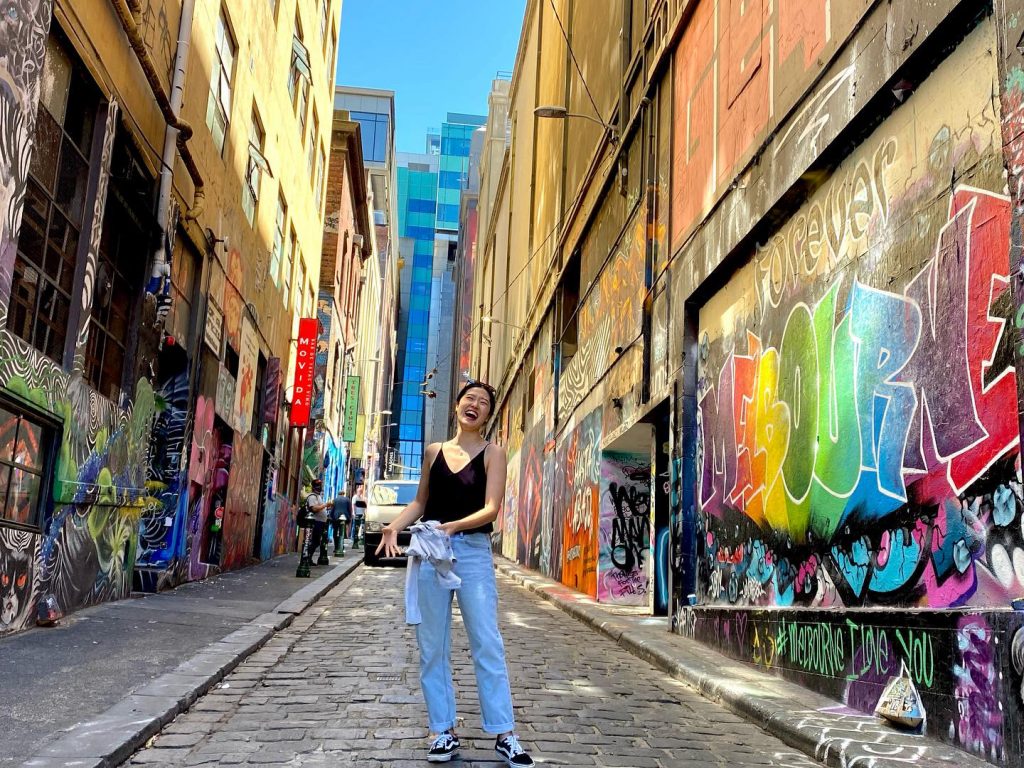
Melbourne’s reputation as a culinary capital is legendary. Around the corner from Hosier Lane we found Lune Croissanterie, hosting certainly some of the most innovative and tastiest croissants either of us have ever had. In terms of restaurants, our top pick was a nearby spot called Cumulus with an exceptionally soft slow-roasted lamb shoulder.
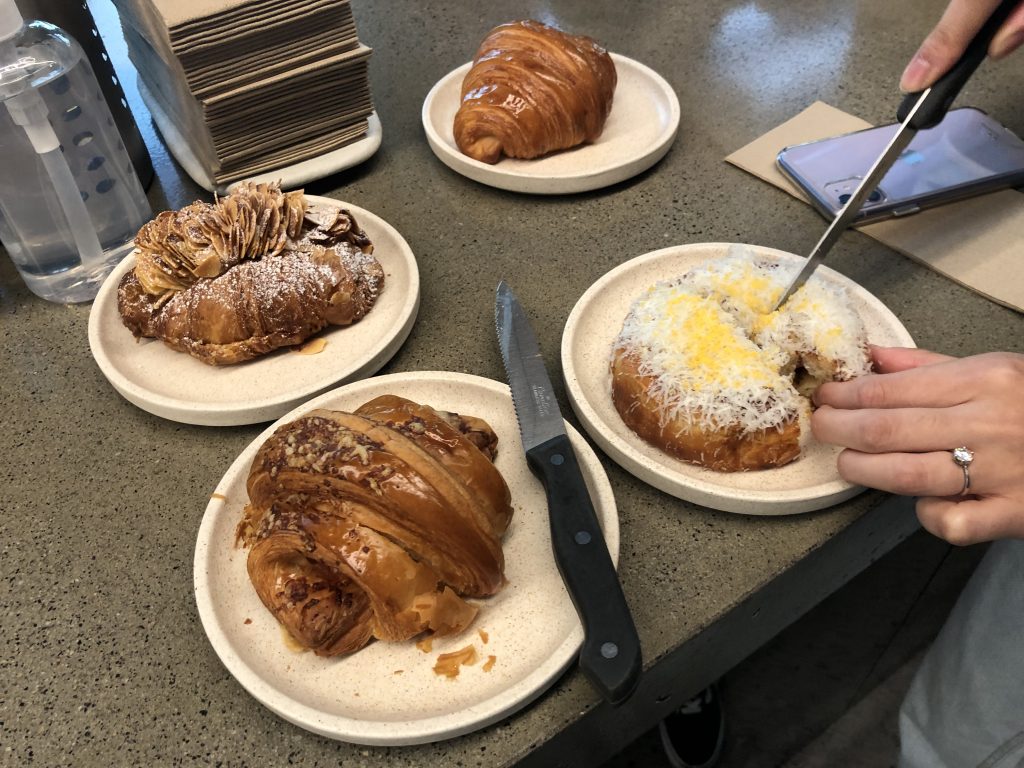
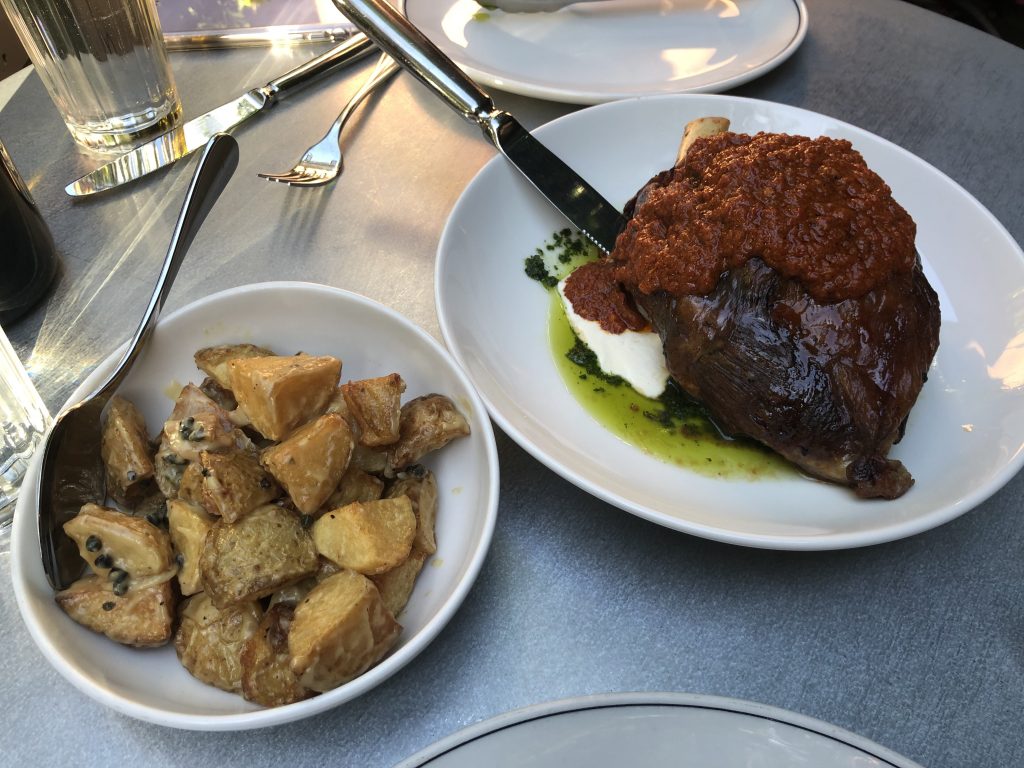
One distinctive Melbourne landmark is the Royal Exhibition Building on the northeast edge of the CBD surrounded by the very pleasant Carlton Gardens. It was built in 1880 to host international exhibitions and stands as a symbol of the city’s economic glory in that period. It also hosted the opening of Australia’s first parliament in 1901, when the six states/territories united to form the Commonwealth of Australia. At the time of our visit, the grand old building was being used as a covid vaccination centre, and thus continuing its tradition of use in times of public need – it became a hospital during the Spanish Flu epidemic and hosted a number of events during the 1956 summer Olympics.
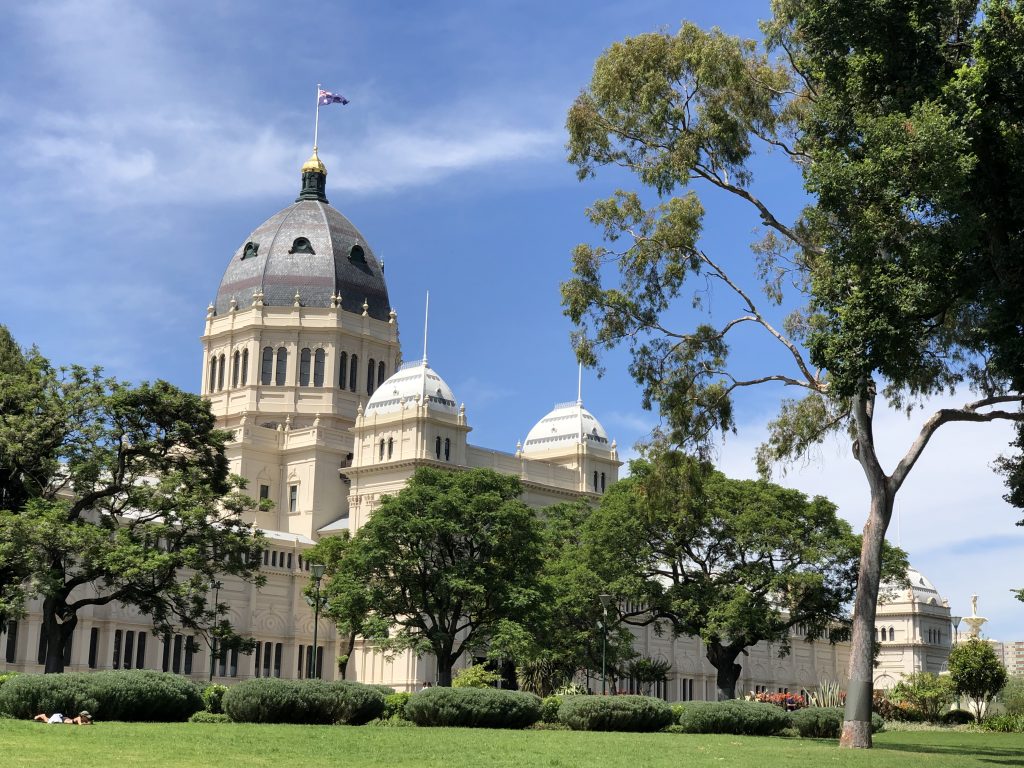
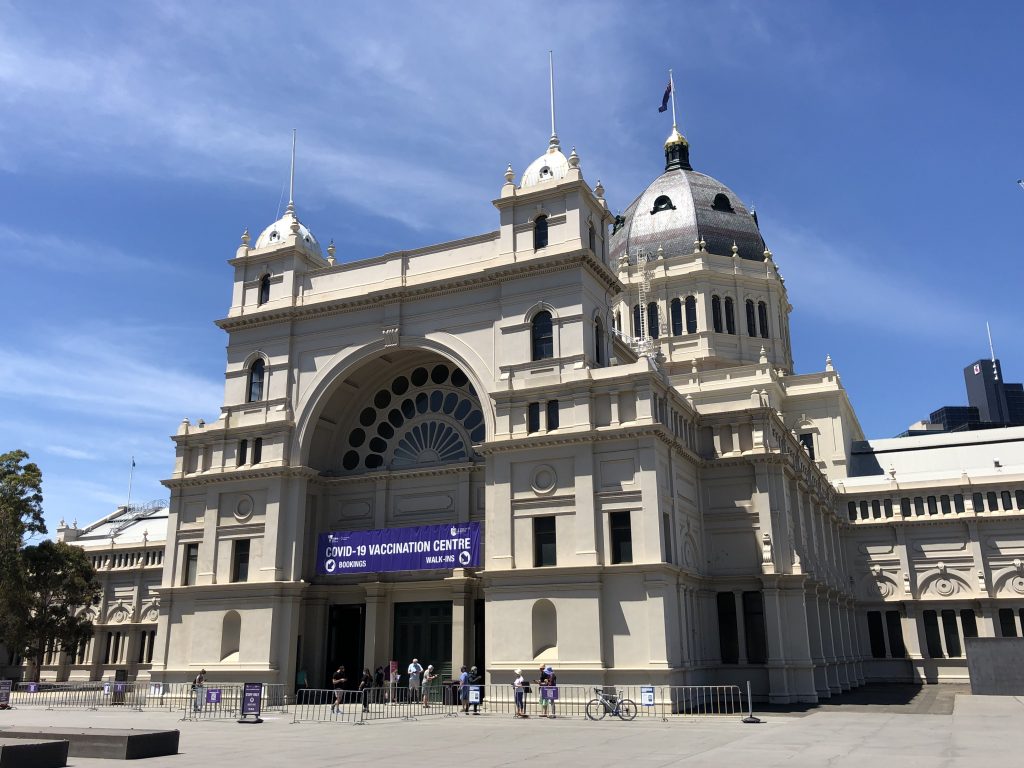
Adjacent to this, stands the Melbourne Museum. We found it well worth a visit and a good escape from the summer heat. It covers a huge range of topics. One section shows off Australia’s mineral wealth, including a giant one-tonne slab of extracted rock jam-packed with the country’s biggest export: iron ore. The Museum’s IMAX theatre was a great place to spend an afternoon.
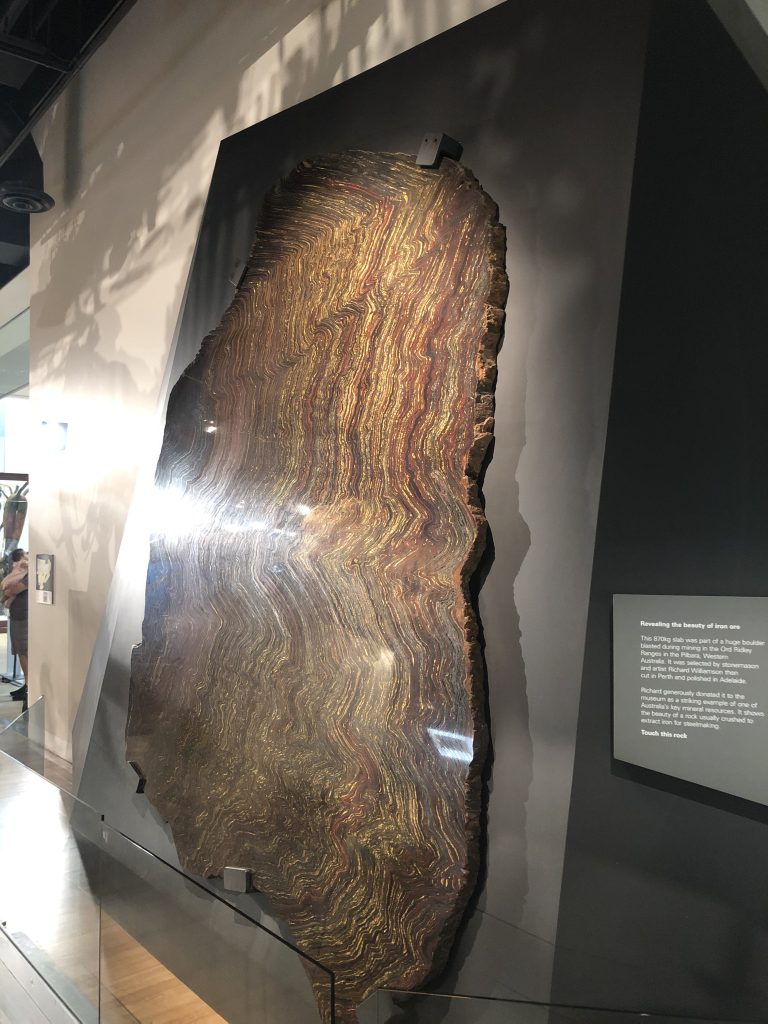
A couple times during our stay, we made our way to Melbourne’s Queen Victoria Market, the largest open air market in the southern hemisphere and an excellent place to wander and snack and then wander some more. The indoor deli hall was diverse, and combining some fresh bread with various cuts of ham and a few different cheeses turned a quick snack into a feast. A food truck pumped out delicious doughnuts, and coffee from Market Lane Coffee hit the spot. Our conclusion is that its hard to go wrong at Vic Market. Incredibly, the market dates all the way back to 1841, a mere six years after Melbourne’s establishment. Interestingly, the market area had previously served as the Old Melbourne Cemetery and some 9,000 bodies remain buried below. We skipped the night market.
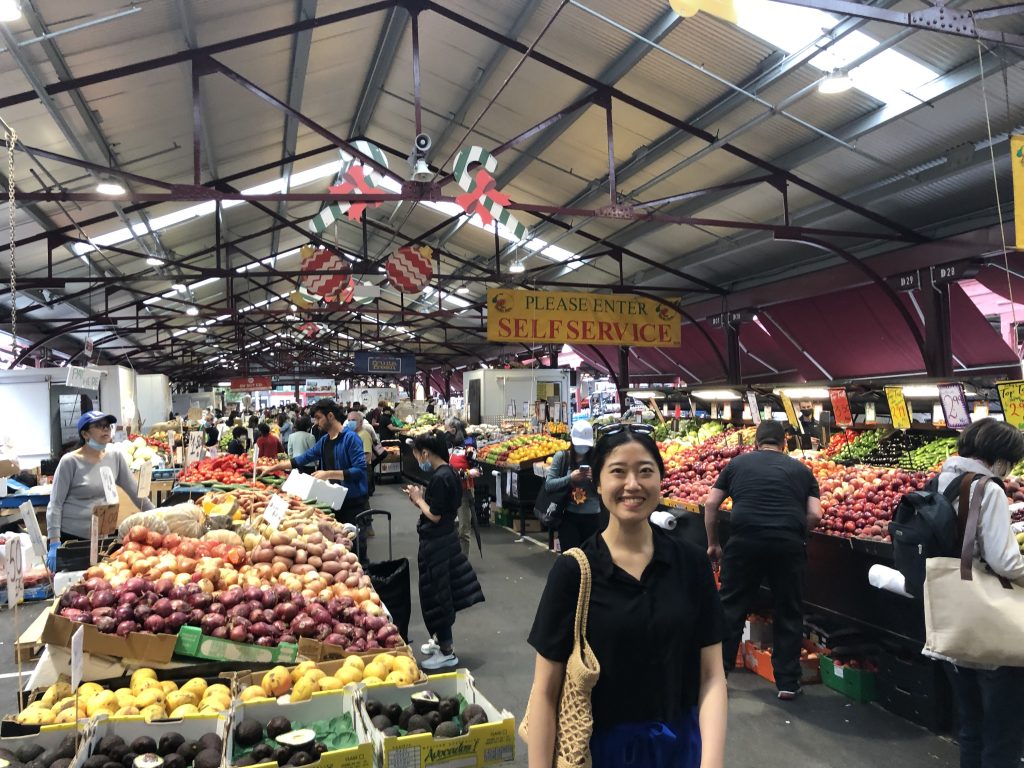
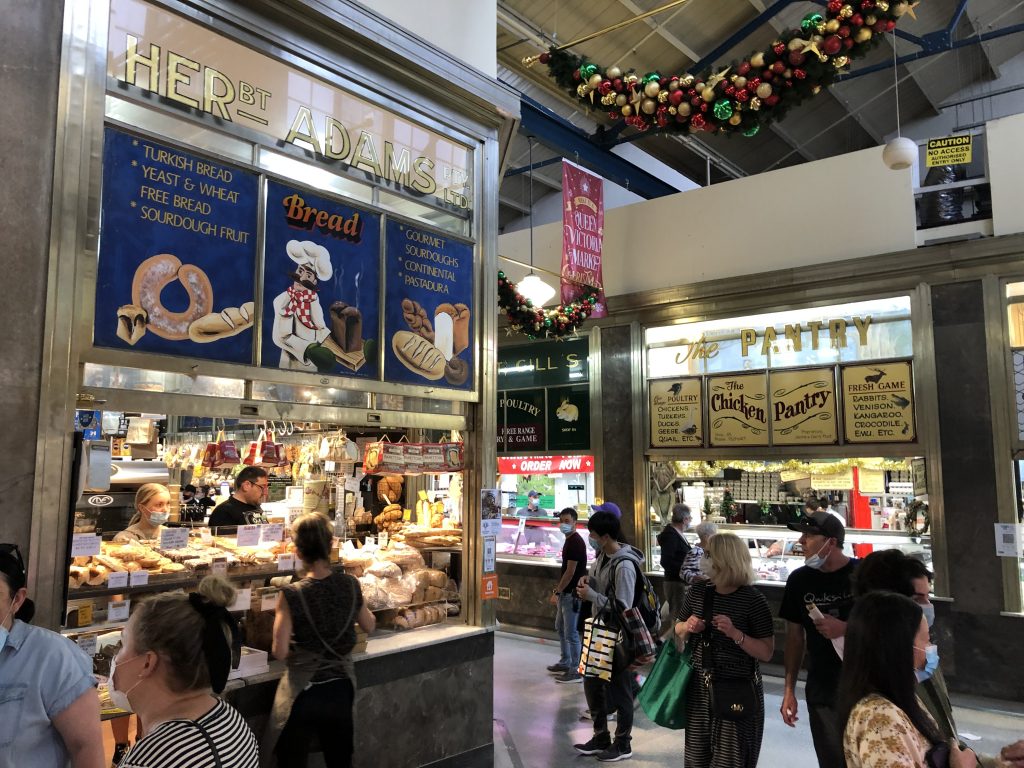
Not far from the market stands the impressive State Library Victoria – Australia’s oldest (1854) and, interestingly, its busiest. It has the distinction of being the fourth most-visited library in the world. The drawcard is undoubtedly the huge dome-topped La Trobe Reading Room, which doesn’t disappoint. But the library also doubles as a pretty decent art gallery/museum with lots to see. A highlight is the actual 44kg of steel armour worn by the outlaw Ned Kelly in his final stand against the police in 1880.
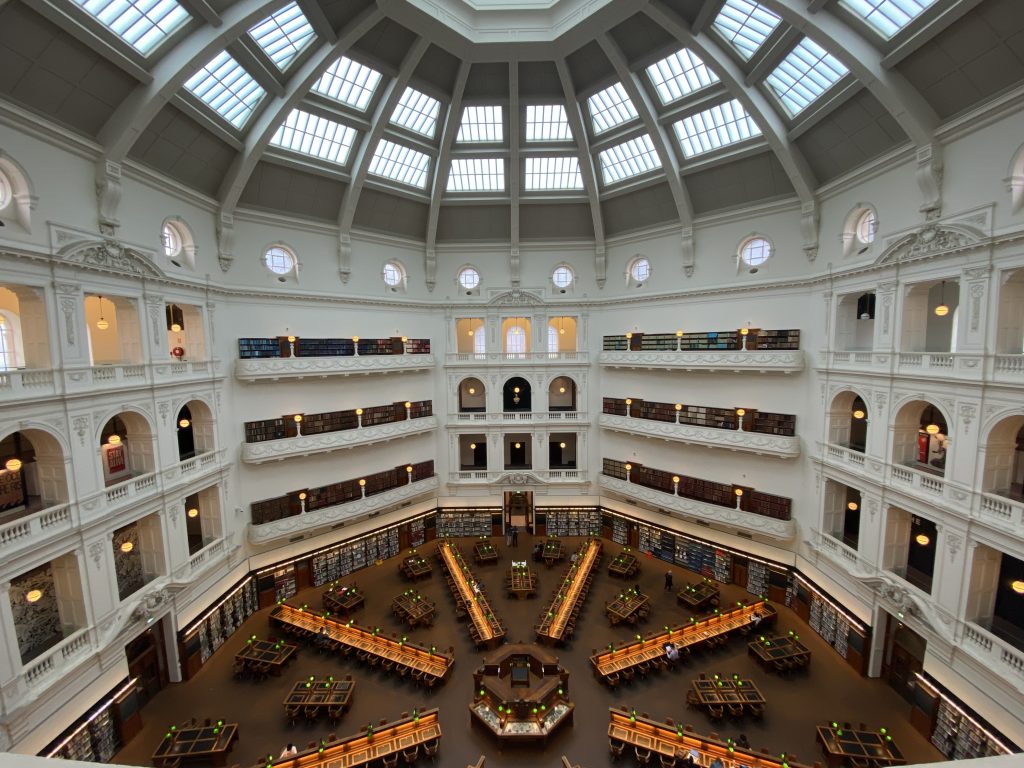
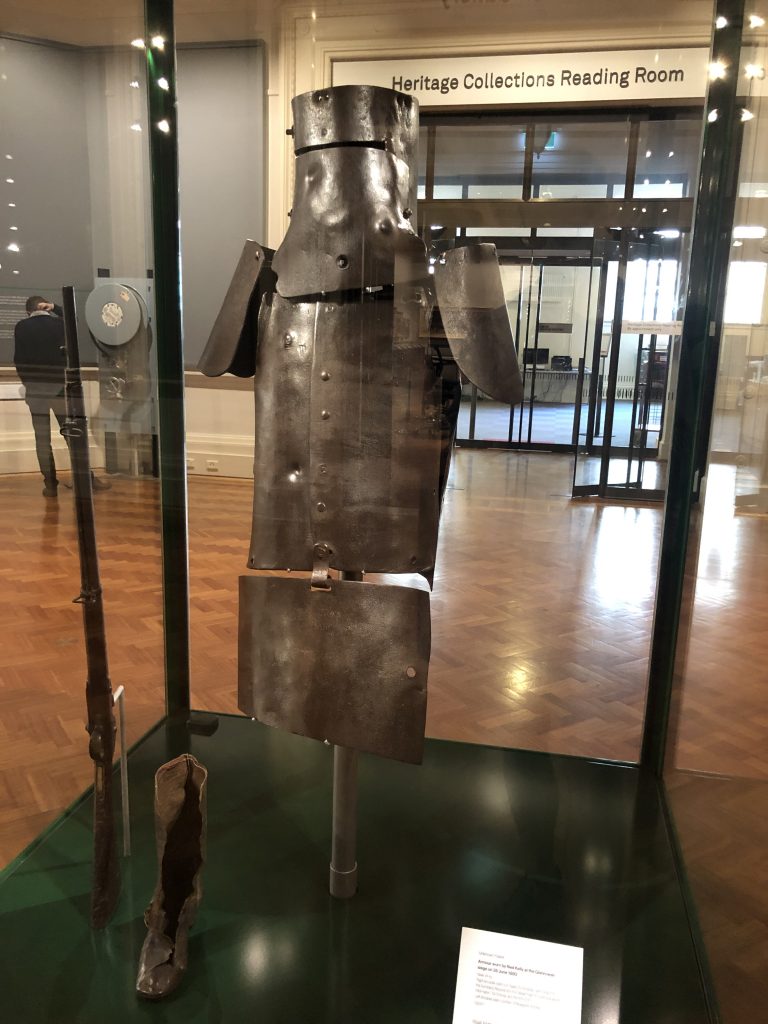
A fantastic park located a little east of Melbourne’s CBD is Fitzroy Gardens – a breath of fresh air in an otherwise fairly dense city centre. A popular sight here is the home of Captain James Cook’s parents… what? It turns out that in 1933, a wealthy Australian bought the old cottage in Great Ayton, England, dismantled it and brought it all the way to Australia where he had it reassembled and opened to much fanfare. He even brought and planted some original ivy clippings. Today it serves as a museum of Cook’s voyages and 18th-century living. Cook doesn’t have much to do with Melbourne directly, but his landing in Botany Bay in 1770 (during the first of three major voyages) kicked off the period of European settlement in Australia. Around the corner from Fitzroy gardens, we made our way past the beautiful St Patrick’s Cathedral.
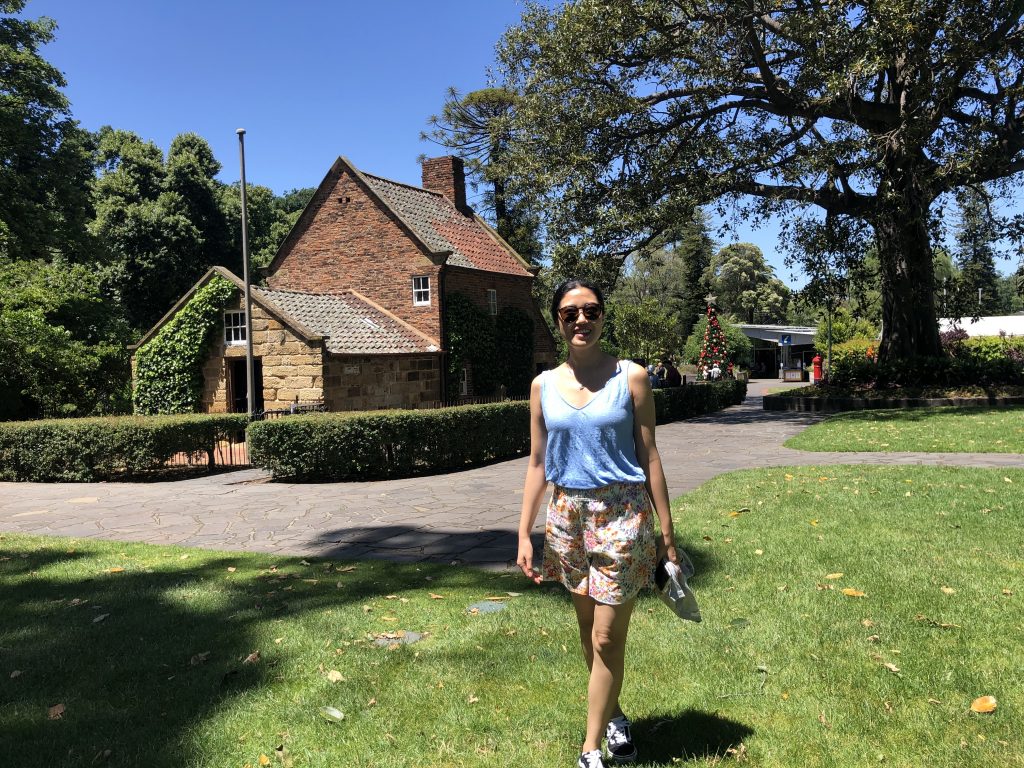
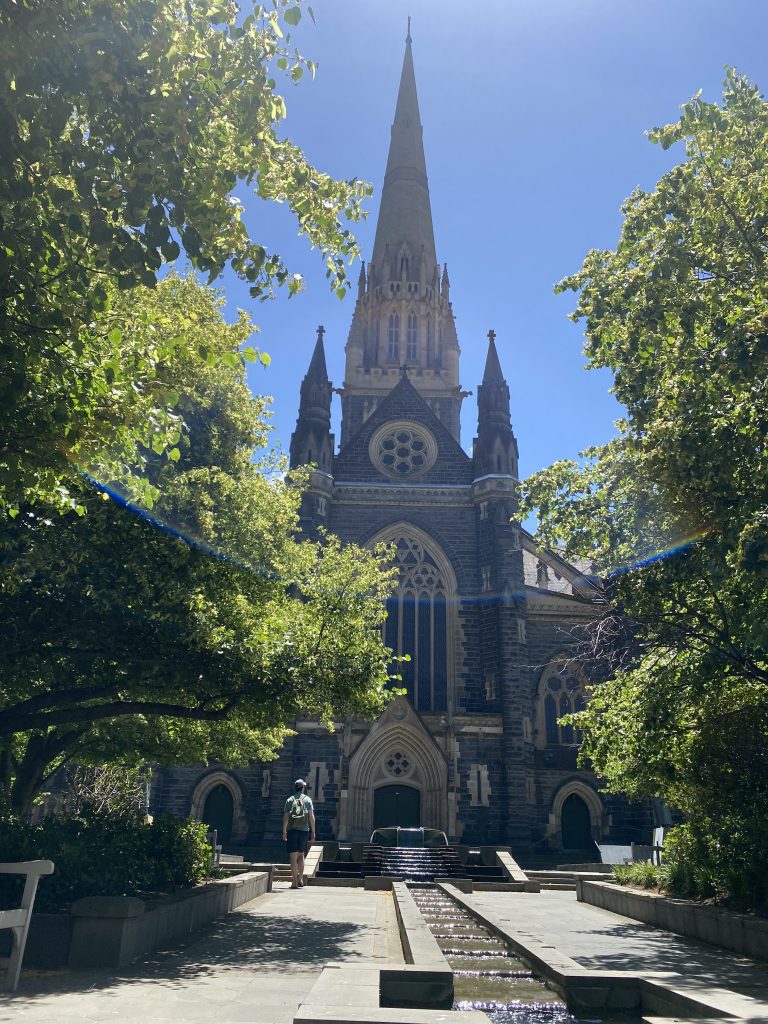
In the early 1900’s, the Block Arcade on Collins Street in the heart of Melbourne’s CBD was the place to shop, and to be seen. High society could be spotted “Doing the Block” on weekends. Today, with its impressive tiled floor and soaring domed skylights, the place hasn’t lost its magic. It is home to the Hopetoun Tea Rooms, established 1892, serving a wide range of teas and cakes in old world refinement – a great spot for a pitstop.
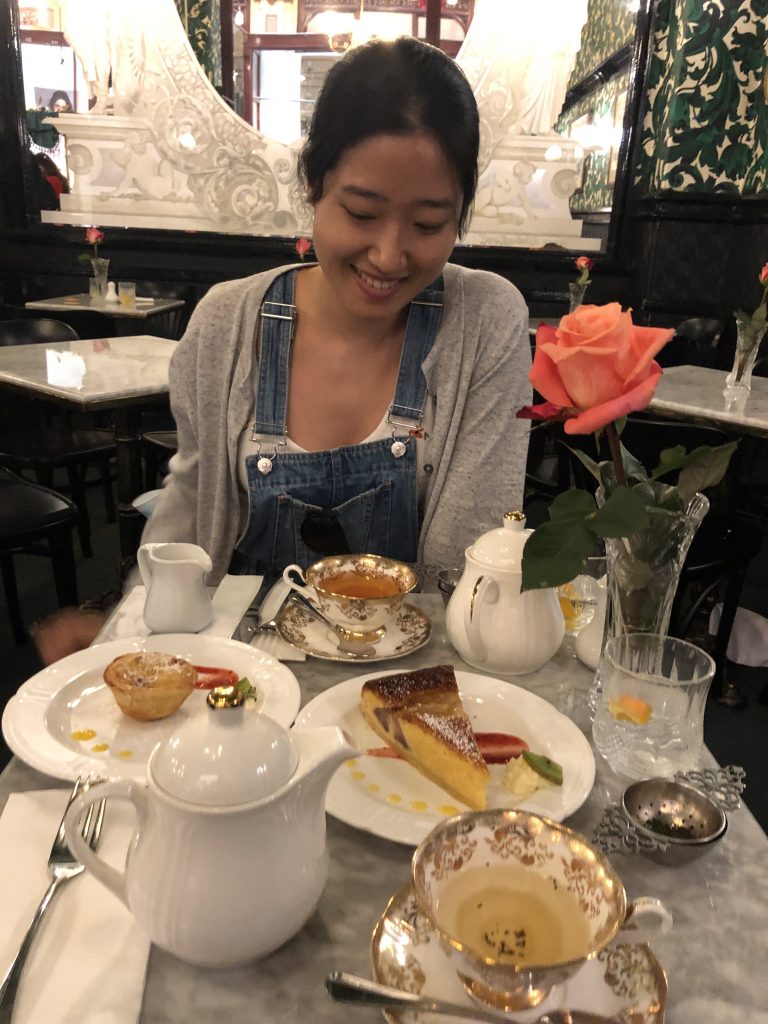
Venturing south of the city centre, we spent the last few nights of our trip in the seaside suburb of St Kilda. It is low-rise, a little tattered, and equal parts bohemian and buzzing. St Kilda sports a decent beach and promenade, and we snuck in a handful of swims in the calm, cool waters of Port Phillip Bay. Ella smashed the shops on Acland Street, landing some incredible post-Christmas bargains.
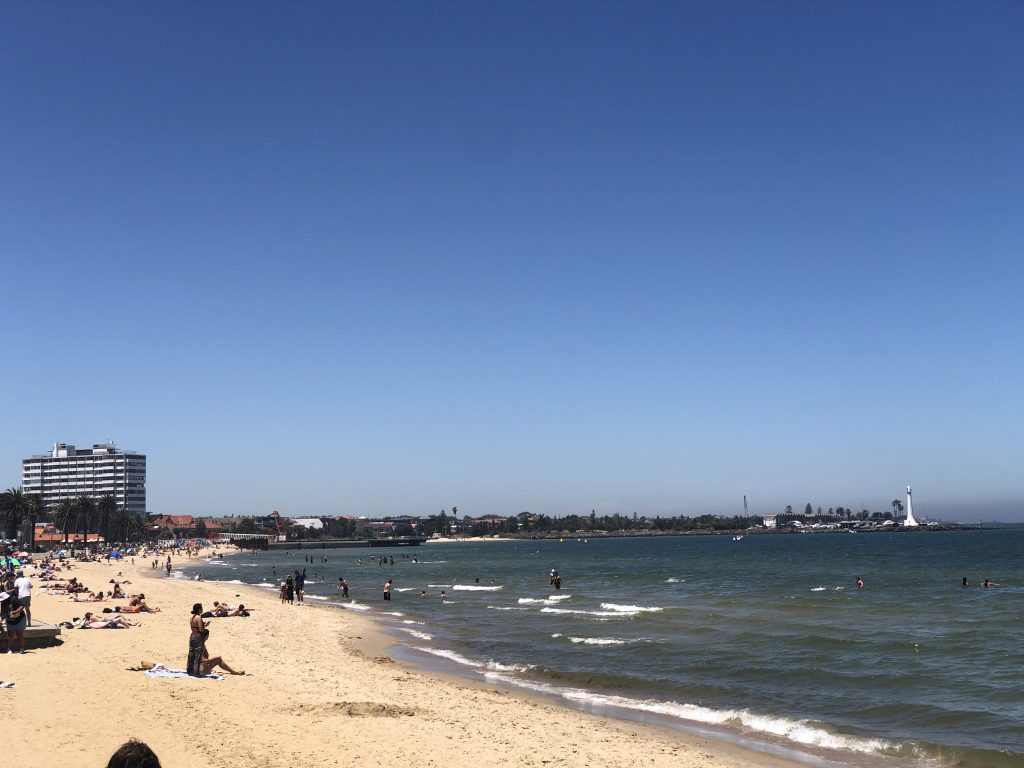
Near the beach is Luna Park, an old-style amusement park that opened all the way back in 1912. We hopped on the rickety Scenic Railway, the oldest wooden rollercoaster in the world, which roars its way around the edges of Luna Park. Ella also hopped on the Enterprise, but much of the remaining rides looked designed to make you part with your lunch. The park was good fun but it suffers the same issues as most amusement parks these days: epic hour-long queues and awful food.
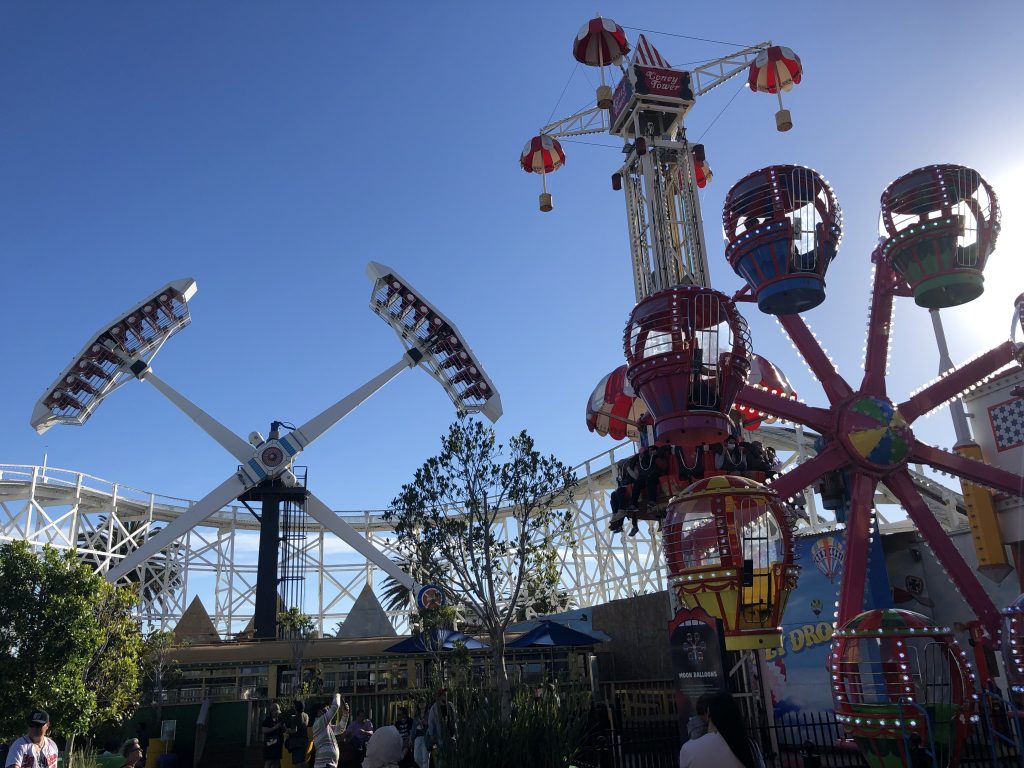
Melbourne’s Shrine of Remembrance is a grand, stoic structure built to remember Victorians killed in the First World War, with tributes to soldiers of later wars surrounding it. It sits next to Melbourne’s impressive Royal Botanic Gardens, a huge green space considered the lungs of the city. There’s lots to enjoy from picnics on manicured lawns to possum spotting from walkways that weave through tropical gardens. We managed to book a couple tickets to a classic Melbourne summer experience – an open-air cinema in the park. On beanbag chairs, catching the latest James Bond film on the big (inflatable) screen, this wasn’t a bad way to spend our final evening in the great city of Melbourne.
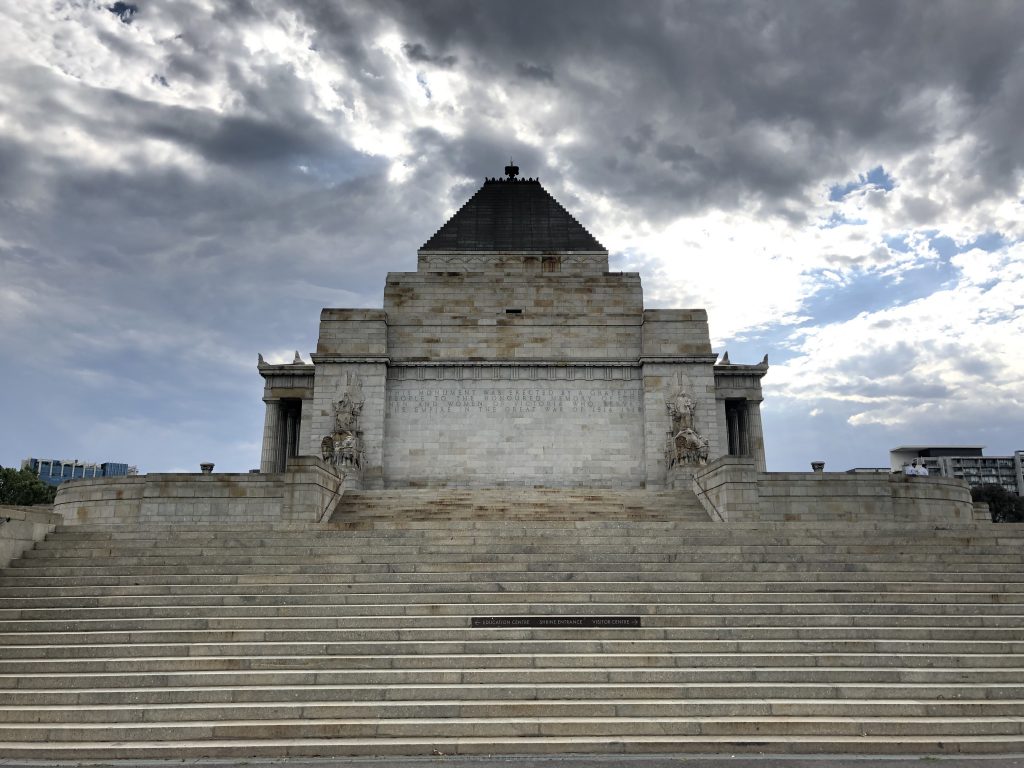
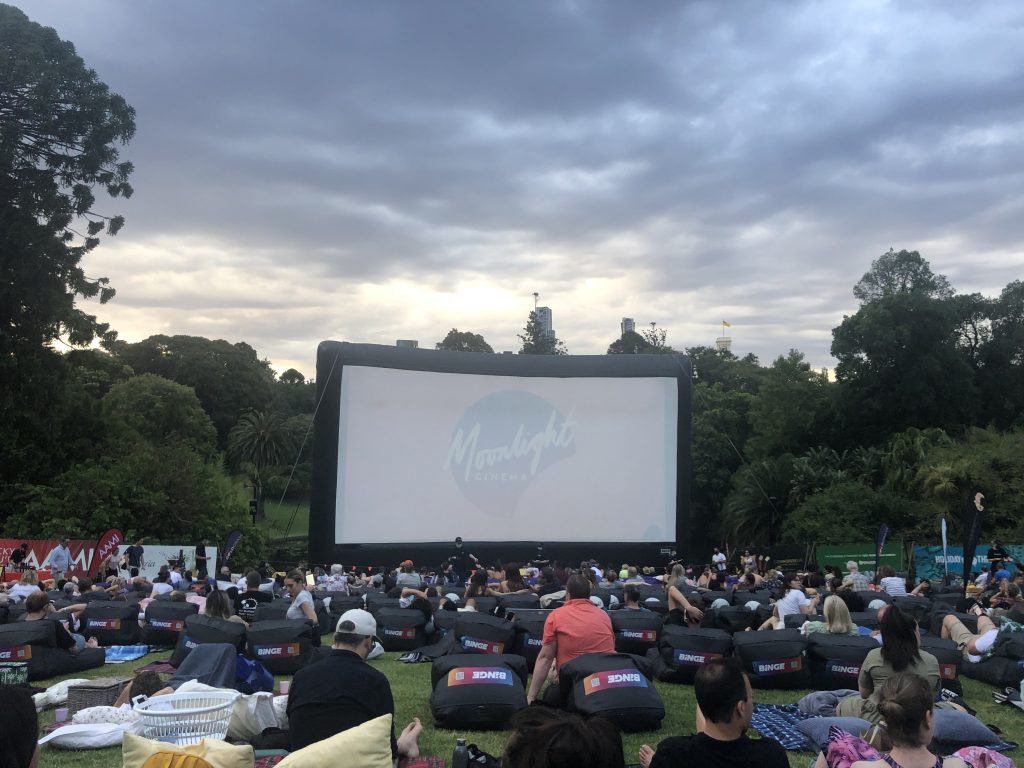
For about a week, in the middle of our trip, we hired a car and drove along the Great Ocean Road, the subject of the next blog entry.
